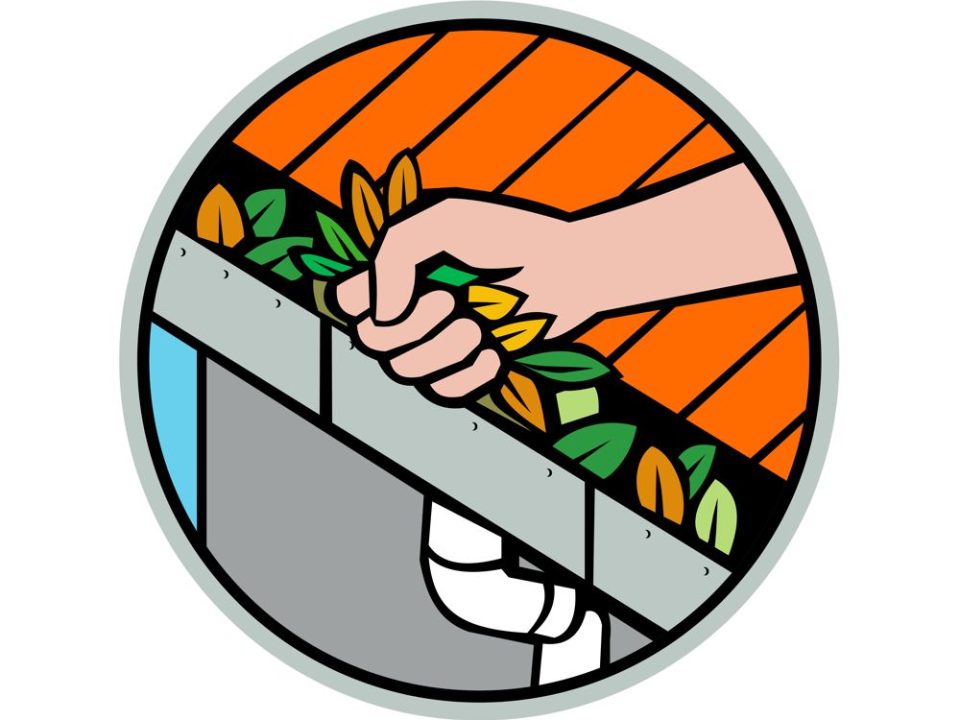5 Hidden Dangers of Window Condensation
Window condensation is a common issue in many homes, often seen as just a minor annoyance.
Those droplets of water forming on the inside of your windows might seem harmless, but they can indicate more serious underlying problems that, if left unaddressed, can be very costly.
Here are five hidden dangers of window condensation that every homeowner should be aware of.
1. Mold Growth
One of the most significant dangers of window condensation is mold growth.
When condensation forms on your windows, it can drip down onto the window sill and surrounding areas, creating a moist environment where mold and mildew thrive. Mold spores can spread quickly throughout your home, affecting indoor air quality and posing health risks.
Prolonged exposure to mold can lead to respiratory issues, allergies, and other health problems, particularly for those with asthma or weakened immune systems.
Regularly wiping down windows and addressing moisture problems promptly can help prevent mold growth.
2. Structural Damage
Condensation can lead to serious structural damage over time.
The excess moisture can seep into the window frames, walls, and even the foundation of your home. Wooden window frames are especially vulnerable, as they can absorb the moisture, causing them to warp, rot, and weaken. Over time, this can compromise the structural integrity of your windows, leading to expensive repairs or replacements.
In severe cases, the moisture can penetrate deeper into the walls, affecting the insulation and potentially causing damage to the structural framework of your home.
3. Insulation Inefficiency
Window condensation often indicates poor insulation.
When warm, moist air inside your home comes into contact with cold window panes, condensation forms. This usually happens because your windows are not adequately insulated. Poorly insulated windows can lead to higher energy bills, as your heating and cooling systems have to work harder to maintain a comfortable indoor temperature.
Investing in double-glazed or triple-glazed windows can significantly reduce condensation and improve your home’s energy efficiency.
4. Reduced Lifespan of Windows
Continuous exposure to moisture can shorten the lifespan of your windows.
The constant cycle of condensation forming and evaporating can cause wear and tear on the window seals and frames. This can lead to the breakdown of the seals, allowing more moisture to enter and exacerbating the problem. Over time, this can result in the need for premature window replacements, which can be costly.
Regular maintenance and ensuring proper ventilation can help extend the life of your windows and reduce the risk of condensation-related damage.
5. Increased Humidity Levels
Persistent window condensation is a sign of high humidity levels inside your home.
High indoor humidity can create an uncomfortable living environment and lead to other problems such as dust mites and pests. It can also cause damage to other areas of your home, including peeling paint, warped wood, and damaged wallpaper.
Using a dehumidifier usually helps control humidity levels and reduce the occurrence of condensation on your windows.
While window condensation might seem like a minor issue, it can have serious implications for your home and health. From mold growth and structural damage to reduced energy efficiency and increased humidity levels, the hidden dangers of window condensation are numerous.
Don’t overlook those small droplets; they might be a sign of bigger issues lurking beneath the surface.
The Len Roofing & Remodeling Difference
When we say that we’re a top-quality home roofing and remodeling company that serves the North Shore and surrounding Chicagoland area, we back it up. We do more than simply cover the basics: we show up on time and nail it. For more information or to schedule a consultation, call 847-768-6000 or visit our contact page.




